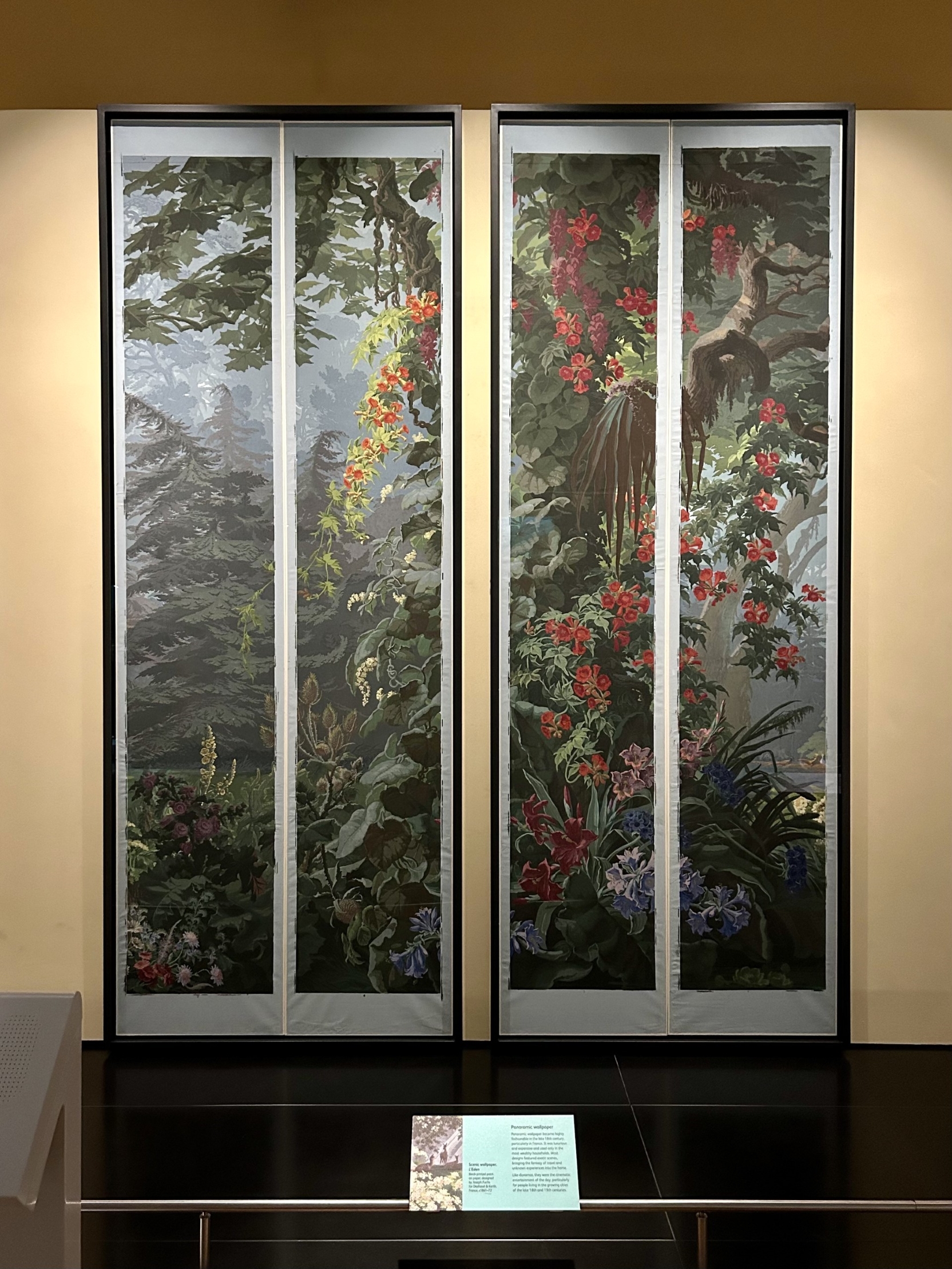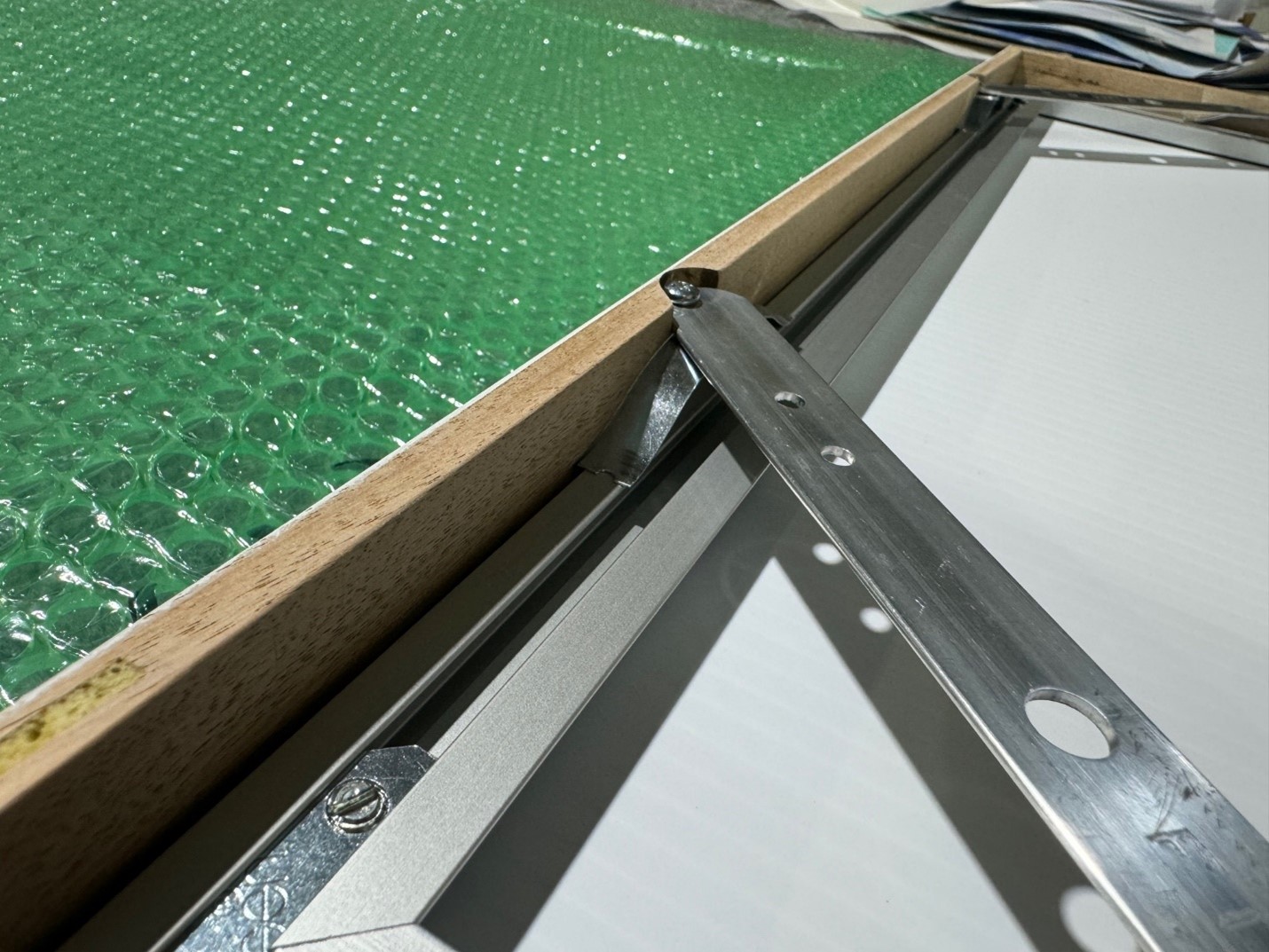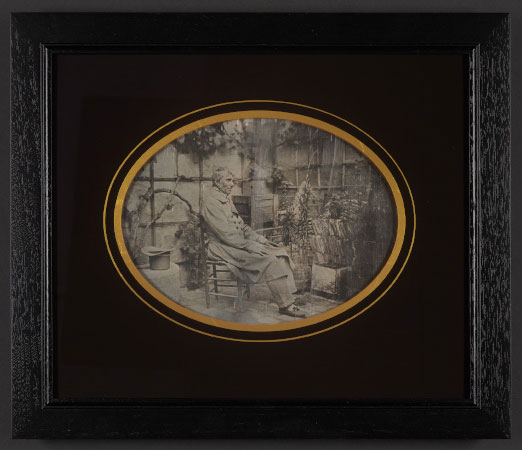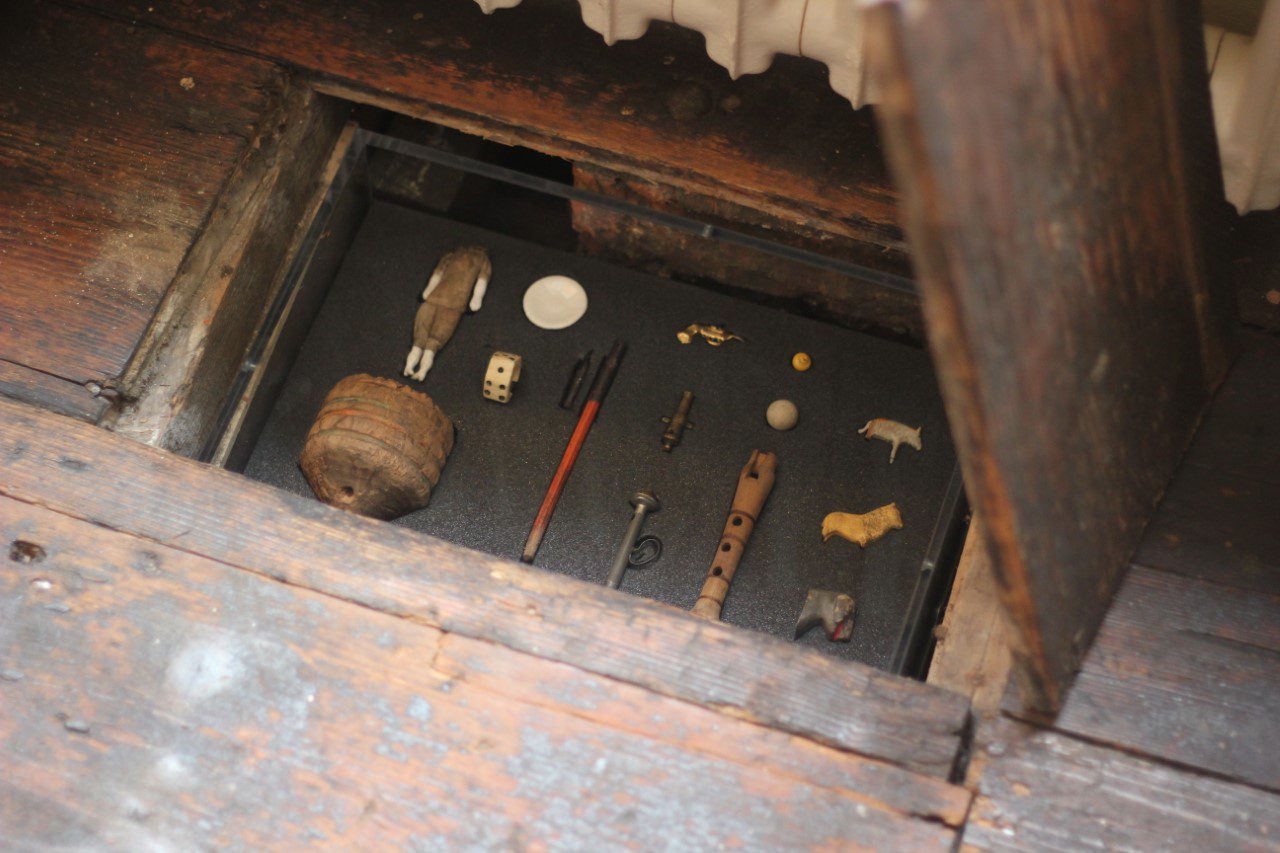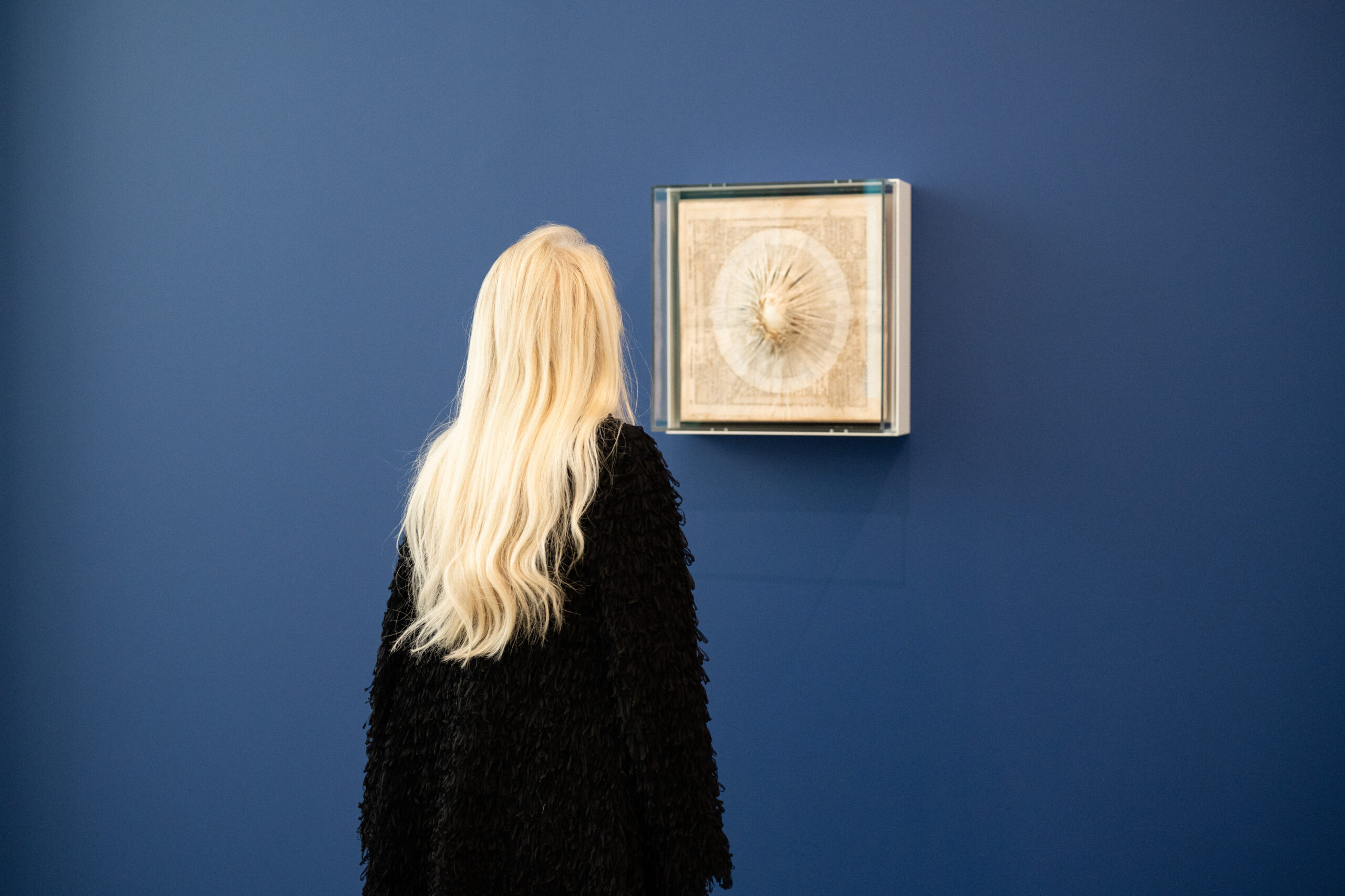
QuickVue Newsletter
News You Can Use
Check out our latest articles and tips from conservation and fine art professionals on a range of topics from framing and exhibition, to traveling, storage, and use.
